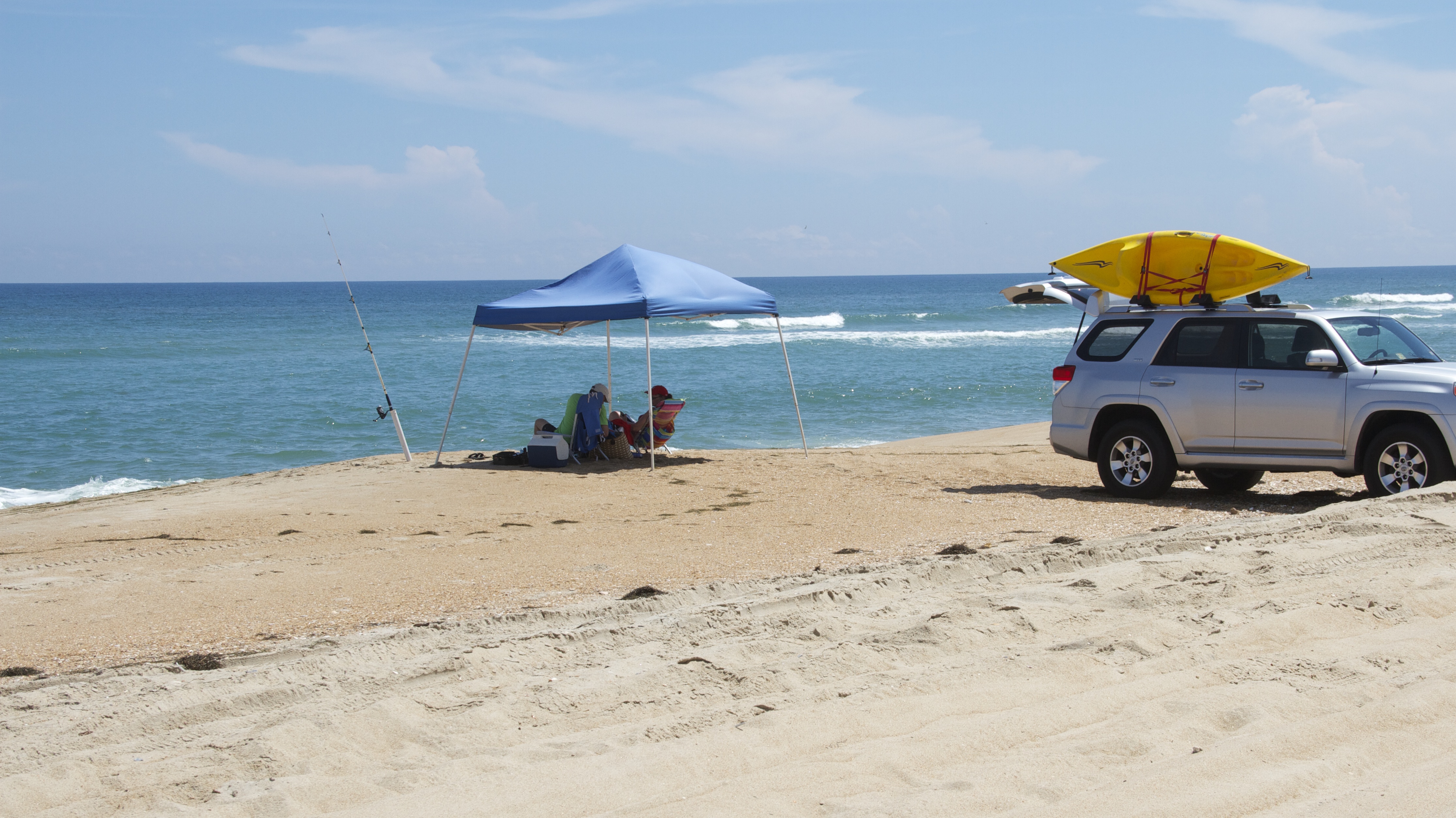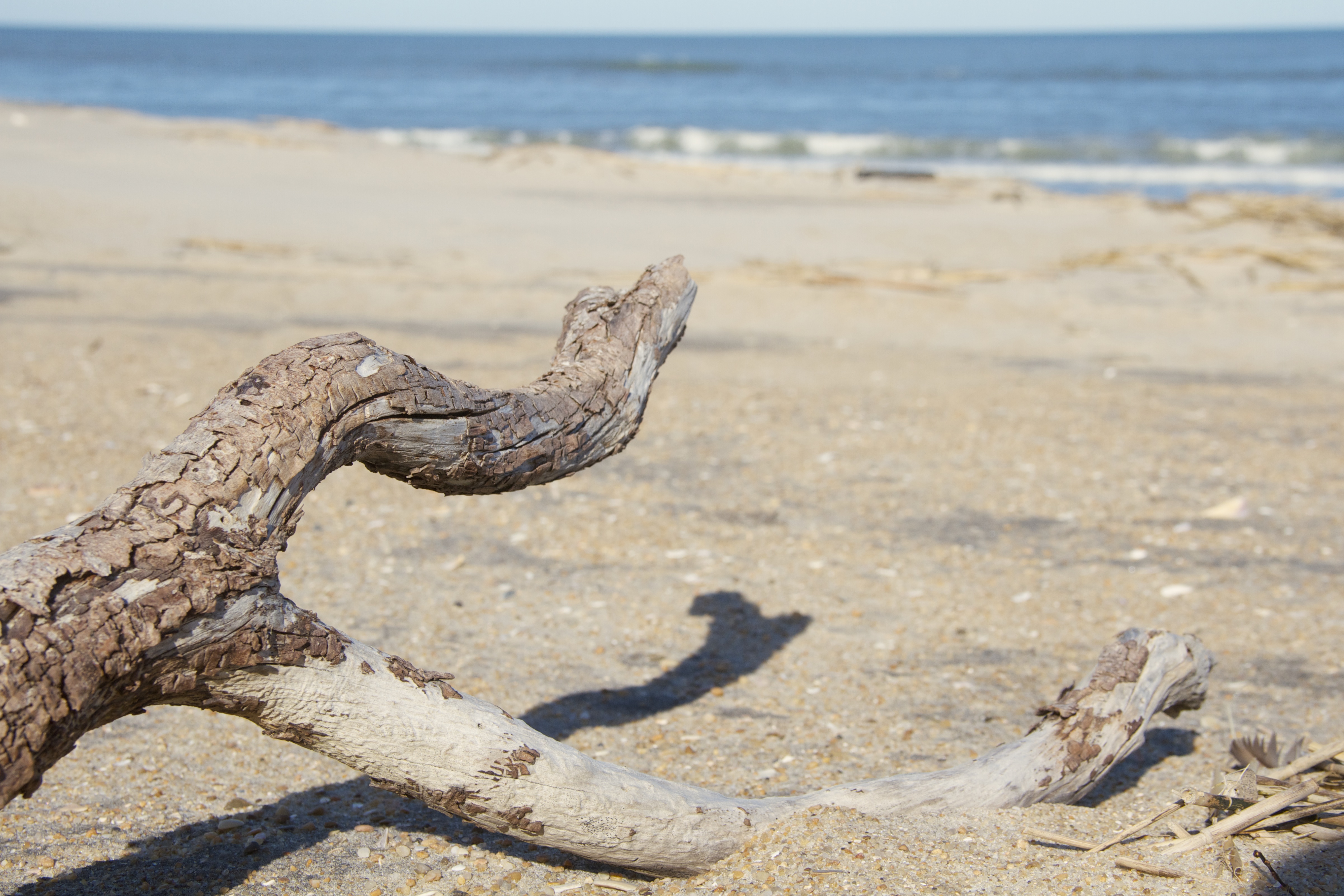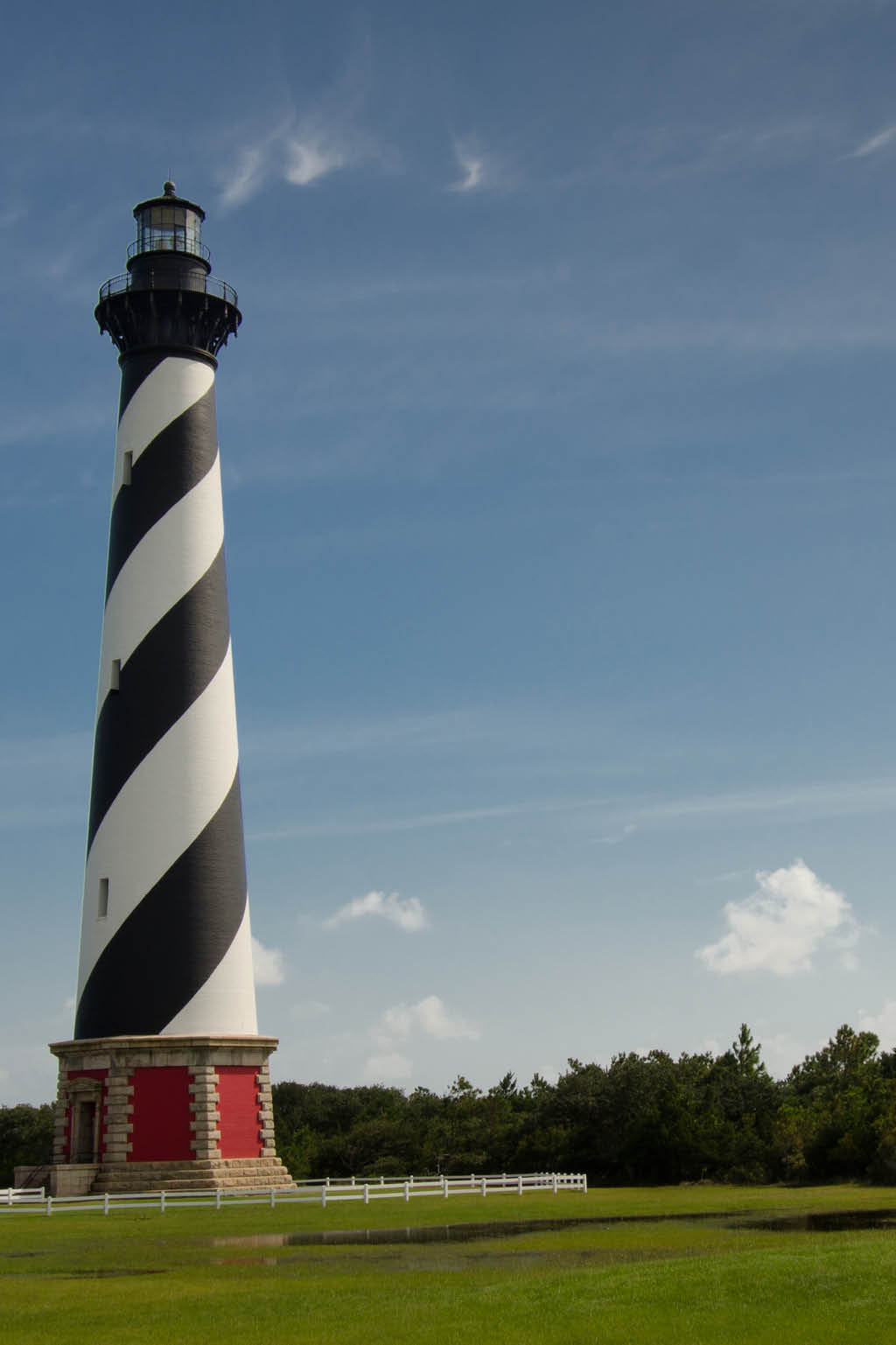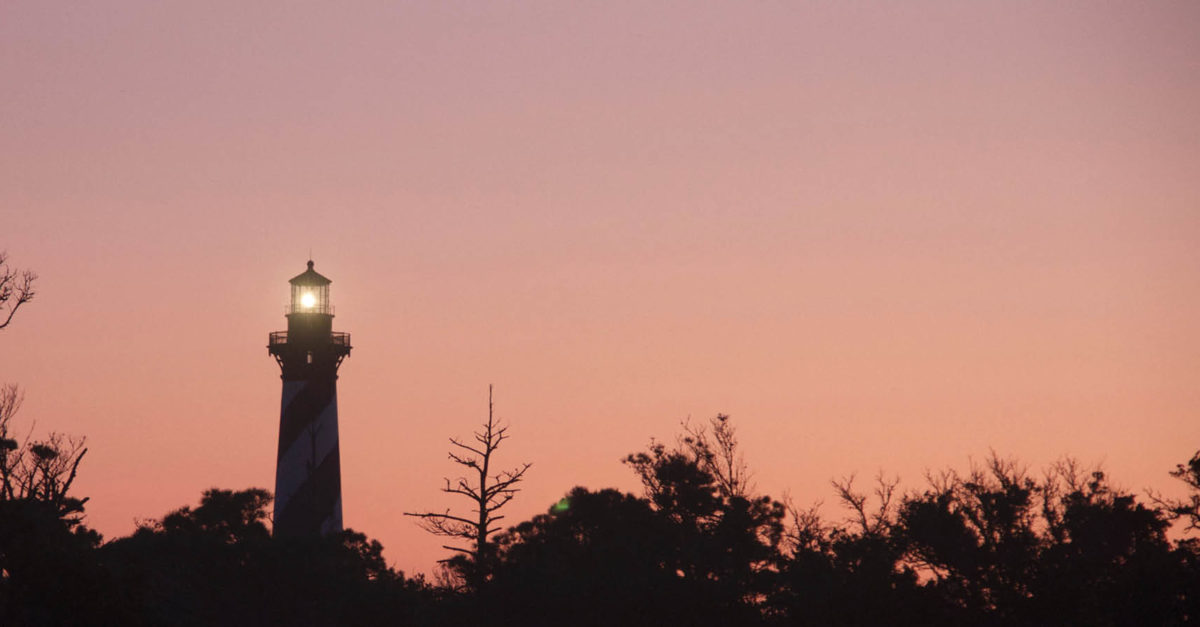A Great Escape
Ah, the beach. A perfect place to kick back, relax, and enjoy the peaceful caress of the ocean breeze and the mesmerizing sound of waves crashing onto the shore.This idyllic scene is enjoyed by millions of Americans every year, especially during summer. For true adventurers, though, Cape Hatteras—located in the Outer Banks of North Carolina—is a journey to the extraordinary. Cape Hatteras National Seashore is a narrow, seventy-mile expanse that stretches out miles east of the mainland, which makes it a one-of-a-kind destination in a multitude of ways.
Historic Hatteras
Even though the Cape Hatteras area is centuries old, the US government didn’t authorize the creation of the national seashore until 1937 and finally established Cape Hatteras as the nation’s first national seashore in 1953. In 2018, over 2.5 million people visited Cape Hatteras National Seashore.
But the area is equally known for its unique waters, which have earned it the moniker the Graveyard of the Atlantic. The closest point to Bermuda, Cape Hatteras stretches out some thirty miles from the mainland, where warm and cold currents often collide. That, combined with the area’s constantly shifting sandbars known as the diamond shoals (which make it extremely difficult to determine the true depth of the water), have created famously challenging waters for sailors. Cape Hatteras was also a key nautical battleground in both the Civil War and World War II. Because of all this, hundreds, if not thousands, of boats have been sunk along Cape Hatteras National Seashore.
Let There Be Lights
To aid ships along its dangerous coastline, a trio of lighthouses (also known as light stations) were added to Cape Hatteras National Seashore over the years. Bodie Island Lighthouse lies to the north, Ocracoke Island Lighthouse to the south, and, perhaps the most intriguing of the three, Cape Hatteras Lighthouse, was built off the cape.
The original ninety-foot Cape Hatteras Lighthouse was constructed in 1803 as a necessity for ships that were attempting to navigate the notoriously tricky waters. Still not effective enough to prevent shipwrecks, the lighthouse was replaced in 1870. The new, larger version is almost 200 feet high from the ground to the lightning rod that sits atop it, making it the tallest brick lighthouse in the country. For those willing to take a vigorous vertical climb, this lighthouse has 257 steps, which take visitors over 166 feet upward—the equivalent of walking up a twelve-story building. Also adding to the distinctiveness of this National Historic Landmark is its black-and-white daymark striping, which aids ships with identification during daytime hours.
Visitors can climb the Cape Hatteras Lighthouse from the third Friday in April through Columbus Day, and over 89,000 people did so in 2017. If you have good stamina and crave excitement, this upward trek may be for you.

Outdoor Quests at the Cape
When you’re not heading upward, head outward. Millions enjoy swimming off Cape Hatteras National Seashore, of course, exploring for shells on the beach and relaxing on the soft, golden-gray sand so intoxicating that it inspired a Benjamin Moore paint color. But the area also offers many other options for outdoor fun, including kite-flying, fishing, and off-roading (in certain areas). For overnight stays, you can choose one of four campgrounds, which include amenities such as grills, restrooms, and showers but no shade trees or mosquito netting, so plan accordingly.
If you’re a fan of hiking, Cape Hatteras also offers three hiking trails, two of which—Buxton Woods and Hammock Hills—are three-quarters of a mile long. If you’re feeling particularly adventurous, try the Open Ponds Trail for a healthy dose of the outdoors. This massive trail is nine miles round trip and includes stretches of sand dunes, hills, thickets, and forest.
Cape Hatteras National Seashore is known as a nature lover’s paradise. Over fifteen types of marine animals can be found off the sandy beaches, including seals, dolphins, whales, and several species of sea turtles—which you may just see nesting on the beaches.

Wild Water Adventures
If you prefer your activity to be in the water instead of on land, popular water activities such as snorkeling, surfing, paddleboarding, windsurfing, and kiteboarding are prevalent off these shores as well, with Kitesurfing Magazine noting that Cape Hatteras is “known around the world as the land of kiteboarding downwinders” because of its location. (Lessons and even camps for this up-and-coming sport are available at various locations in Cape Hatteras.)
A particularly popular place for surfing activities is the Pamlico Sound, which lies on the western side of Cape Hatteras National Seashore. People flock here—the largest sound on the East Coast—for such watersports because it has consistently shallow depths. If you prefer a seated water adventure, there are ample opportunities to go canoeing and kayaking at the Pamlico Sound as well.
For exploration expeditions, several dive shops can help you get to the shipwrecks in the ocean. Even though some of the vessels, such as the G.A. Kohler, are on the shore and others are visible from the shore, diving into the Graveyard of the Atlantic takes your aquatic adventure to another level. Sunken vessels, such as the Straitherly and the Oriental, are submerged a few hundred yards offshore. If you’re an experienced scuba diver, the ultimate prize might be reaching the USS Monitor, located over two hundred feet below the surface some sixteen miles off the southern end of the seashore. However, because it’s a National Marine Sanctuary, you can only dive to it after obtaining a permit from the National Oceanic and Atmospheric Administration (NOAA). No matter where you choose to dive, you must take proper precautions, such as displaying diver-down flags and following North Carolina state laws about shipwrecks.

For over four hundred years, Cape Hatteras National Seashore has fascinated explorers, sailors, and visitors alike. Whether you go for the history, the wildlife, the relaxing beaches, or the endless outdoor activities, you’ll be sure to find that an escape to this cape is well worth your while.
For more info, visit nps.gov/caha or outerbanks.org









